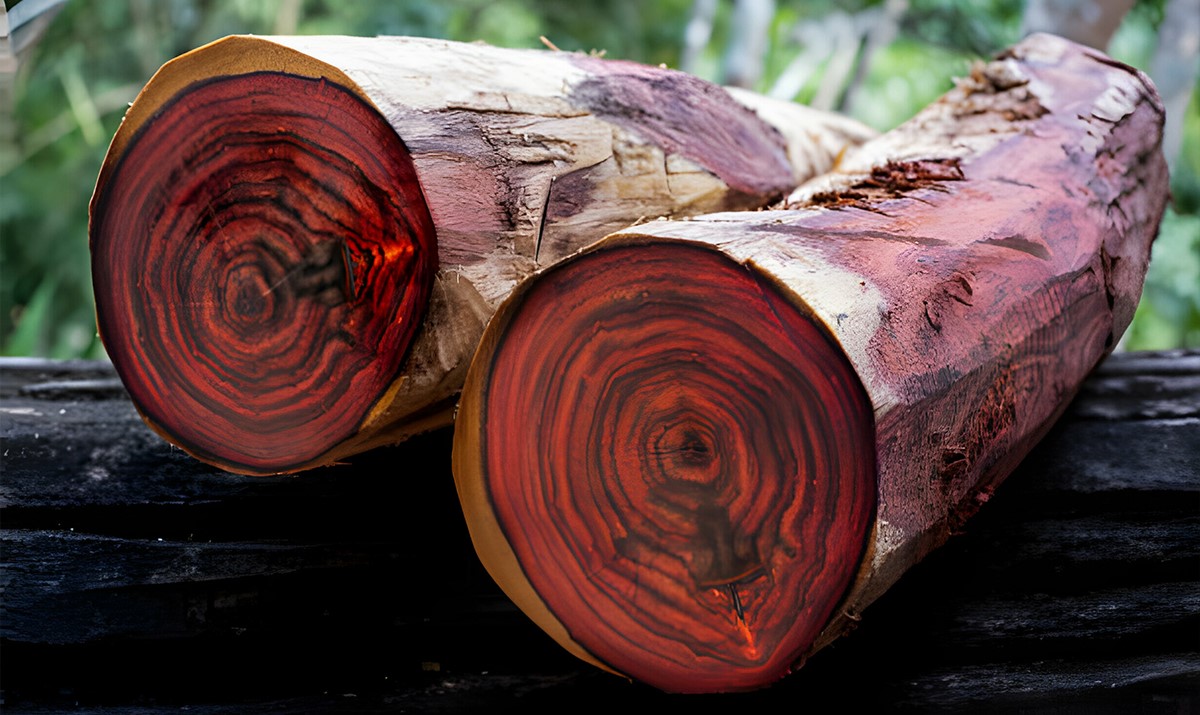
Rosewood is a name that sparks curiosity and admiration. Known for its rich color and unique grain patterns, this wood has been a favorite among craftsmen and musicians for centuries. But what makes rosewood so special? Is it the durability, the beauty, or perhaps its historical significance? In this blog post, we will explore 13 intriguing facts about rosewood that will deepen your appreciation for this remarkable material. From its origins in tropical forests to its use in fine furniture and musical instruments, rosewood has a story worth telling. Let's dive into the world of rosewood and uncover its secrets.
What is Rosewood?
Rosewood is a type of hardwood known for its rich color and fragrant scent. It is often used in furniture, musical instruments, and decorative items. Let's dive into some fascinating facts about this beautiful wood.
-
Rosewood Varieties
There are several types of rosewood, including Brazilian, Indian, and Honduran. Each variety has unique characteristics and uses. -
Distinctive Scent
Rosewood has a sweet, floral aroma that sets it apart from other woods. This scent is due to the natural oils present in the wood. -
Color and Grain
The color of rosewood ranges from deep brown to reddish-purple. Its grain is usually straight, but it can also be interlocked or wavy, adding to its visual appeal.
Uses of Rosewood
Rosewood's durability and beauty make it a popular choice for various applications. Here are some common uses of this versatile wood.
-
Furniture Making
Rosewood is prized for its strength and aesthetic appeal, making it ideal for high-quality furniture. Its rich color and grain patterns add elegance to any piece. -
Musical Instruments
Many musical instruments, such as guitars and pianos, use rosewood for their construction. The wood's density and resonance enhance the sound quality. -
Decorative Items
Rosewood is often used to create intricate carvings and decorative items. Its fine texture allows for detailed work, making it a favorite among artisans.
Environmental Impact
The popularity of rosewood has led to concerns about its sustainability. Here are some facts about the environmental impact of rosewood harvesting.
-
Endangered Species
Some rosewood species, like Brazilian rosewood, are endangered due to overharvesting. International regulations now protect these species to prevent further decline. -
Sustainable Practices
Efforts are being made to promote sustainable harvesting of rosewood. This includes reforestation projects and certification programs to ensure responsible sourcing. -
Illegal Trade
The high demand for rosewood has led to illegal logging and trade. Governments and organizations are working to combat this issue through stricter enforcement and awareness campaigns.
Historical Significance
Rosewood has a rich history and cultural significance in various parts of the world. Let's explore some historical facts about this remarkable wood.
-
Ancient Uses
In ancient times, rosewood was used for making chariots, weapons, and religious artifacts. Its durability and beauty made it a prized material. -
Colonial Era
During the colonial era, rosewood became popular in Europe for making fine furniture and decorative items. It was often used in royal palaces and aristocratic homes. -
Cultural Symbolism
In some cultures, rosewood symbolizes strength, beauty, and prosperity. It is often used in traditional ceremonies and rituals.
Modern-Day Relevance
Rosewood continues to be relevant in today's world, both in traditional and contemporary contexts. Here are some modern-day facts about rosewood.
- Technological Advancements
Advances in technology have allowed for more efficient processing and use of rosewood. This includes techniques for enhancing its natural beauty and durability.
Rosewood's timeless appeal and versatility make it a cherished material in various industries. Its rich history, unique characteristics, and ongoing relevance ensure that it will remain a favorite for years to come.
Rosewood's Lasting Impact
Rosewood isn't just a pretty face in the world of wood. Its rich color, unique grain, and durability make it a favorite for furniture, musical instruments, and decorative items. This wood's natural oils help it resist decay, ensuring that pieces made from rosewood last for generations. However, its popularity has led to overharvesting, putting some species at risk. Sustainable practices and responsible sourcing are crucial to preserving this valuable resource.
When choosing rosewood products, look for certifications like FSC to ensure the wood comes from responsibly managed forests. By doing so, you help protect this incredible material for future generations. Rosewood's beauty and resilience make it a timeless choice, but it's up to us to use it wisely. So next time you see a rosewood piece, appreciate not just its beauty but also the care needed to sustain it.
Was this page helpful?
Our commitment to delivering trustworthy and engaging content is at the heart of what we do. Each fact on our site is contributed by real users like you, bringing a wealth of diverse insights and information. To ensure the highest standards of accuracy and reliability, our dedicated editors meticulously review each submission. This process guarantees that the facts we share are not only fascinating but also credible. Trust in our commitment to quality and authenticity as you explore and learn with us.


